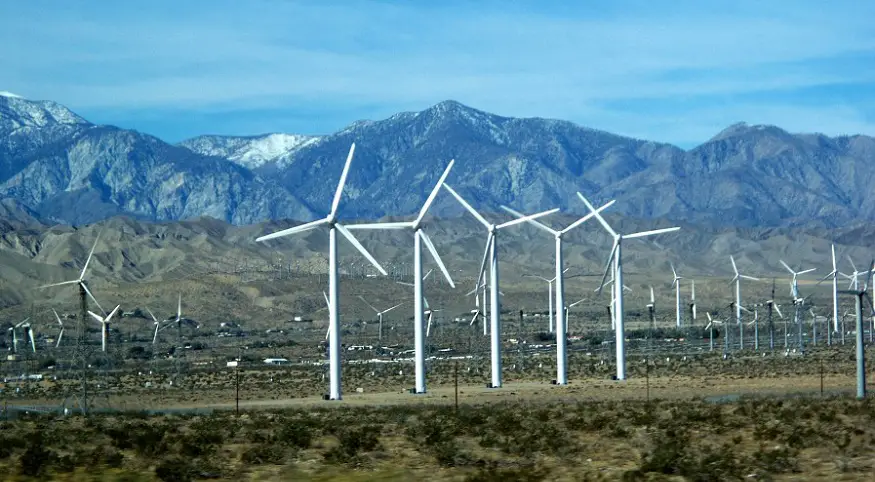
Massive H2 production facility may be coming to British Columbia
July 8, 2019The Canadian province could become home to the world’s largest hydrogen (H2) production facility.
British Columbia (BC) may be the chosen location for what could be the world’s largest H2 production facility. The facility would not only support the province’s zero-emission vehicle policy but also its efforts to export hydrogen to important markets like Japan and California.
The results of a study will determine the future of the plant in BC.
A feasibility study was conducted by BC Hydro in April 2018 to evaluate the potential for large-scale production of renewable hydrogen for Canada’s market and for exports. BC Hydro will use the results of this now completed study to decide if building a large H2 production facility is feasible.
The results of the feasibility study have impressed ITM Power, the UK-based manufacturer of integrated hydrogen energy solutions. Wanting to partner with ITM Power on the project, BC Hydro has been able to show through the study that British Columbia has an abundance of freshwater and availability of renewable energy. Additionally, these advantages are combined with the proximity of the various production sites to deep water harbors for exporting hydrogen.
“ITM Power is pleased with the results of this feasibility study which highlights the BC region as one of the world’s best locations for the generation and export of large-scale renewable hydrogen,” said Steve Jones, Managing Director of ITM Power Inc., Renewables Now reported.
The goal is to use ITM Power’s PEM electrolyser technology for the H2 production facility.
ITM Power is well known for tis PEM (Proton Exchange Membrane) electrolyser technology and the idea is to use their technology along with Chiyoda’s new liquid organic hydrogen carrier, SPERA Hydrogen.
A previously mentioned, the feasibility study was conducted by BC Hydro, which is a Canadian electric utility that serves 1.8 million customers in most areas of British Columbia. The study was called the “Feasibility Study and Assessment of Centralized Renewable Hydrogen Production in BC followed by a Pilot Plant Development,” and was funded by the province’s government, with the partners of the study receiving further support from G&S Budd Consulting Ltd.
The H2 production facility study analyzed over 10 possible locations for the practical installation and operational  business cases for up to 300 megawatts (MW) of electrolysis combined with the liquid organic hydrogen carrier technology.
business cases for up to 300 megawatts (MW) of electrolysis combined with the liquid organic hydrogen carrier technology.



 With over 15 years of reporting hydrogen news, we are your premier source for the latest updates and insights in hydrogen and renewable energy.
With over 15 years of reporting hydrogen news, we are your premier source for the latest updates and insights in hydrogen and renewable energy.
The hydrogen economy is more imminent than you think. A likely scenario could go like this: China quickly realizes that it needs a hydrogen infrastructure to get hydrogen off the ground. It thus spends upward to $50b to connect all major Chinese cities. When that happens, other countries will follow suit, including the U.S., Canada, Germany, U.K., France, Netherlands, Japan, South Korea, Russia, etc. And they will do so not only to avoid falling behind in an emerging technology but also as a matter of weapon superiority and national security.
The question for these countries then is whether to wait for China and play catch-up, or whether to take the lead themselves. Doing so for the United States is not an insurmountable task. According to an old GM study, the price tag for connecting all major US cities with hydrogen was $15b. Even if the price is now doubled, or even tripled, it is worth it to stay ahead of the curve.
And remember, by 2030 battery cars like Tesla could be overtaken by hydrogen cars because while battery prices will remain high, fuel cell prices will come down — dramatically. “For the customers, it will be difficult to accept such a [battery] car in the market — you pay a higher price, you get less of a car, so it will be a tough sell,” says Germany’s Felix Gress.